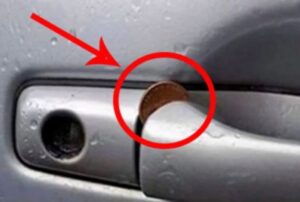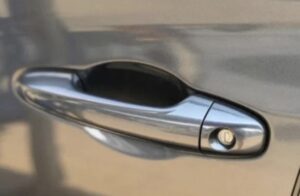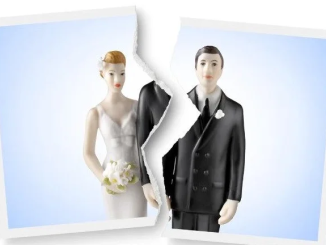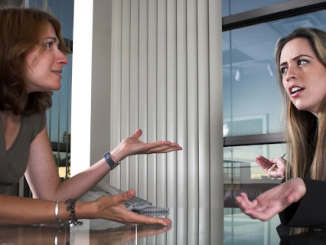
This year’s Olympics are now in full swing and it’s all eyes on the athletes.
From archery and shooting to athletics and gymnastics, there’s all kind of sports taking place across Paris, France, at the moment.
One fan-favorite sport to watch is the swimming, and this year there’s a whopping 854 athletes from 187 different countries competing.
But there’s a common theme you might have spotted with some of the swimmers and that’s the unusual dark red circles they have on their backs.

While it might look like they’ve had a fight with an octopus and lost, there’s a very different reason for the odd markings.
It turns out that the large spots are from cupping therapy – an ancient healing technique that involves placing cups on the skin to create suction and increase blood flow to the area.
The unconventional method is supposed to help with muscle recovery and is used as a type of deep tissue massage.
Some athletes were spotted with cupping therapy bruises back at the Rio Olympics in 2016, and it’s still seemingly popular now.

Gymnast Alexander Naddour told USA Today back in 2016 that cupping was supposedly the ‘secret’ to his health.
He added: “It’s been better than any money I’ve spent on anything else.”
Away from the Games, basketball player Kyle Singler has also praised cupping therapy.
“The bruises do look more intense than what they actually feel like, but the benefit from it is really great,” he previously insisted.
Singler continued to tell Sports Illustrated: “You’re not necessarily getting the immediate response that you might want but over time it does help with recovery and loosening tissue and stuff like that.”
But does cupping therapy actually work according to experts? It’s seems as if the jury’s still out.

According to Harvard Health, some studies have found that cupping might provide some relief for a number of musculoskeletal and sports-related conditions. The quality of this evidence was ‘limited’, however.
Elsewhere a 2022 review found that wet (as opposed to dry cupping) was effective for lower back pain.
While the bruises people get from cupping are pretty gnarly, the therapy is generally seen as safe to practice – even if people aren’t 100 percent on how affective it is.
“Most experts agree that cupping is safe. As long as those treated don’t mind the circular discolorations (which fade over a number of days or weeks), side effects tend to be limited to the pinch experienced during skin suction,” Harvard Health explains.
“It’s quite unusual that cupping causes any serious problems (though, rarely, skin infections have been reported).”
There you have it, folks.
If you see a coin stuck in your car door handle, you’d better call the police

When you were heading toward your car, did you ever notice a coin lodged in the door handle? It’s an odd and perplexing sensation. Many have come to this conclusion after wondering if this was merely an odd accident or if it had some sort of significance. It turns out that burglars can enter cars covertly using this method. Hold on tight, because I’m going to show you how to apply this smart approach to defeat those bothersome auto thieves. We’re going to learn how to perform our own auto security, so hold on tight!

Thieves of smart cars typically choose the side where the passenger is seated when inserting tiny coins into the door handles. That being said, why is the passenger side door buttoned? The problem is that when you attempt to use your key for the central locking, it completely malfunctions. Why? You can’t fully secure your automobile because that seemingly innocuous penny got jammed in the passenger door.
Let’s introduce some mystery now. Car thieves are not just hapless snatchers; they have a more sinister agenda. The burglar might be close by, lurking in the shadows, waiting for you to give up or become preoccupied as you struggle with your key to unlock your car.What should a car owner who is handy with DIY projects do if they believe someone has tampered with their car door? Fear not—here are some helpful do-it-yourself suggestions to prevent the vehicle thief from obtaining it:




Leave a Reply